Overview
Map
Other Details
دير مار أنطونيوس - حوب تنورين
1700
Ouata Houb
Batroun
North
بُني الدير سنة 1700، آن عَرض الشيخ سليمان الهاشم العاقوريّ على الرهبانيَّة اللبنانيّة المارونيّة أن يسلِّمها مزرعة حوب لتنشئ فيها ديرًا. حوالي سنة 1714، عرض أهالي تنُّورين على المؤسِّس المطران عبدالله قراعلي، أن يسلِّموه وقف مار ضومط، لتقوم الرهبانيَّة بتعليم الأحداث. أنشأت الرهبانيَّة، سنة 1749، ديرًا على اسم العذراء مريم، على أنقاض كنيسةٍ قديمة. ومن ثمَّ عملت الرهبانيَّة على توسيع أملاكها في المحلَّة. سنة 1766، أوقف الأمير يوسف شهاب خرائب مار يعقوب الوادي ومار أنطونيوس. وسنة 1790، جعلت الرهبانيَّة دير السيِّدة ودير مار أنطونيوس ديرًا واحدًا، حيث هو اليوم، على اسم القدِّيس أنطونيوس الكبير. قرب الدير أُنشئت محبسة على اسم مار جرجس خرّجت كوكبة من الحبساء القدّيسين. كنيسته تحوي مذابح رخاميّة ومجموعة زيتيّات أهمها لوحة مار انطونيوس الكبير لداود القرم. The mission of the Lebanese Maronite order started in Tannourin during the year 1700 when a local feudal lord Sleiman Hashem el Akoury gave the order a farm in Houb to build a monastery. In 1714 Bishop Abdalla Qaraaly was given custody over the church of St Doumit in order to start a monastic school. In 1790 the monks joined the two monasteries of the Madonna and St Anthony into the one that stands today. Near the monastery St George’s hermitage was erected. The monastic church holds beautiful marble altars and many oil paintings. The most important painting is the one depicting St Anthony the Great, painted by Dawoud El Qorm
Visited 6585 times, 10 Visits today


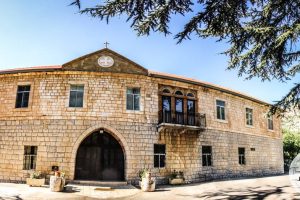

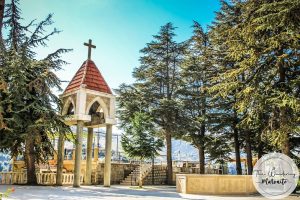
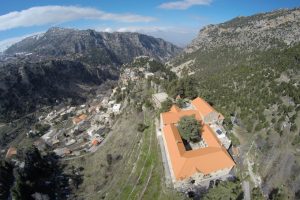
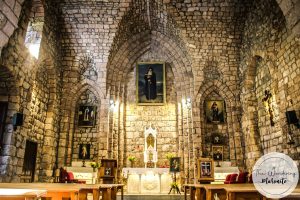

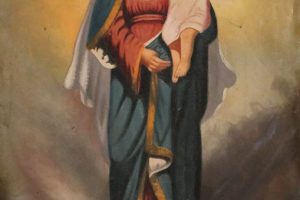

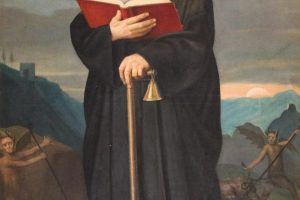
















Reviews are disabled, but trackbacks and pingbacks are open.